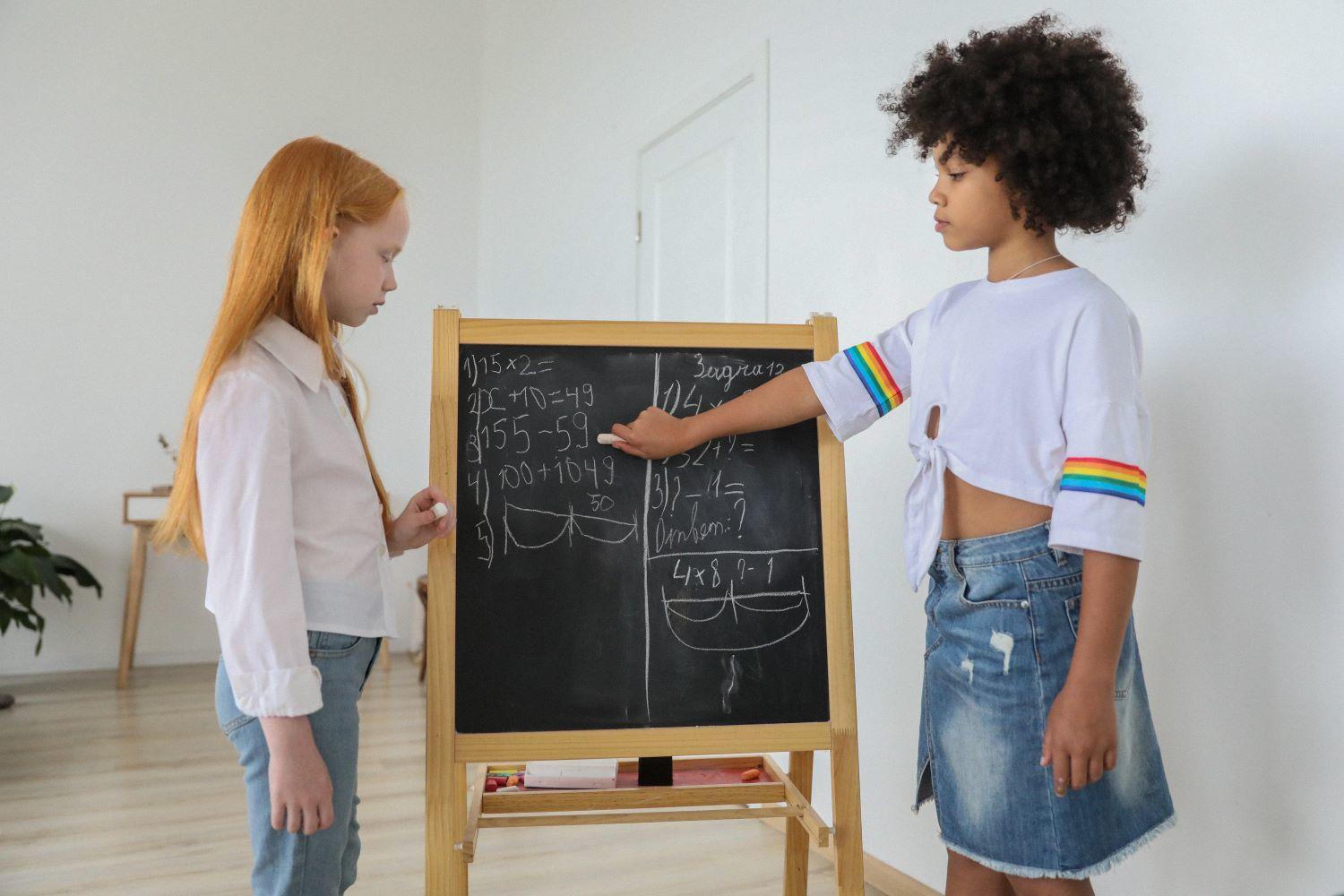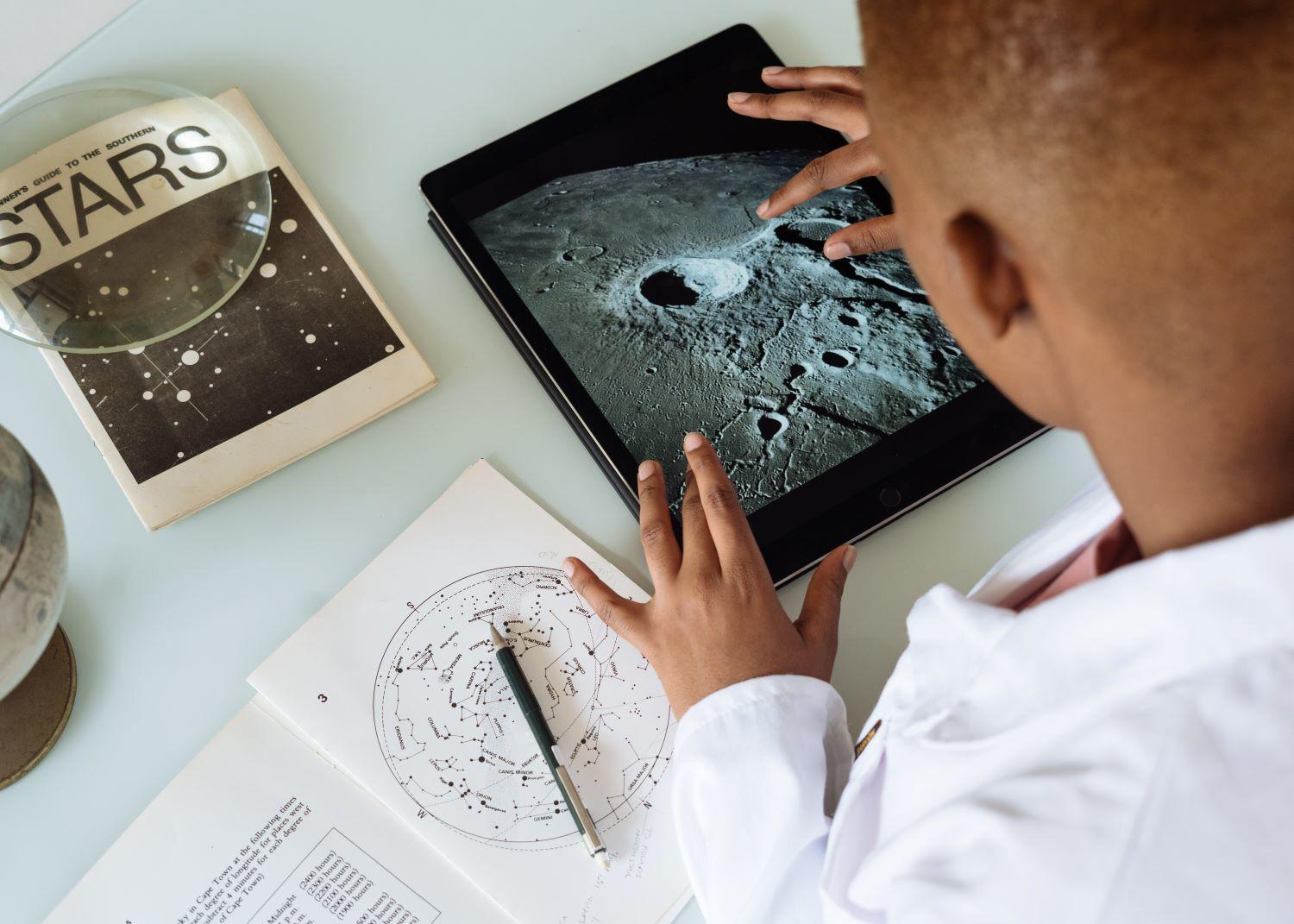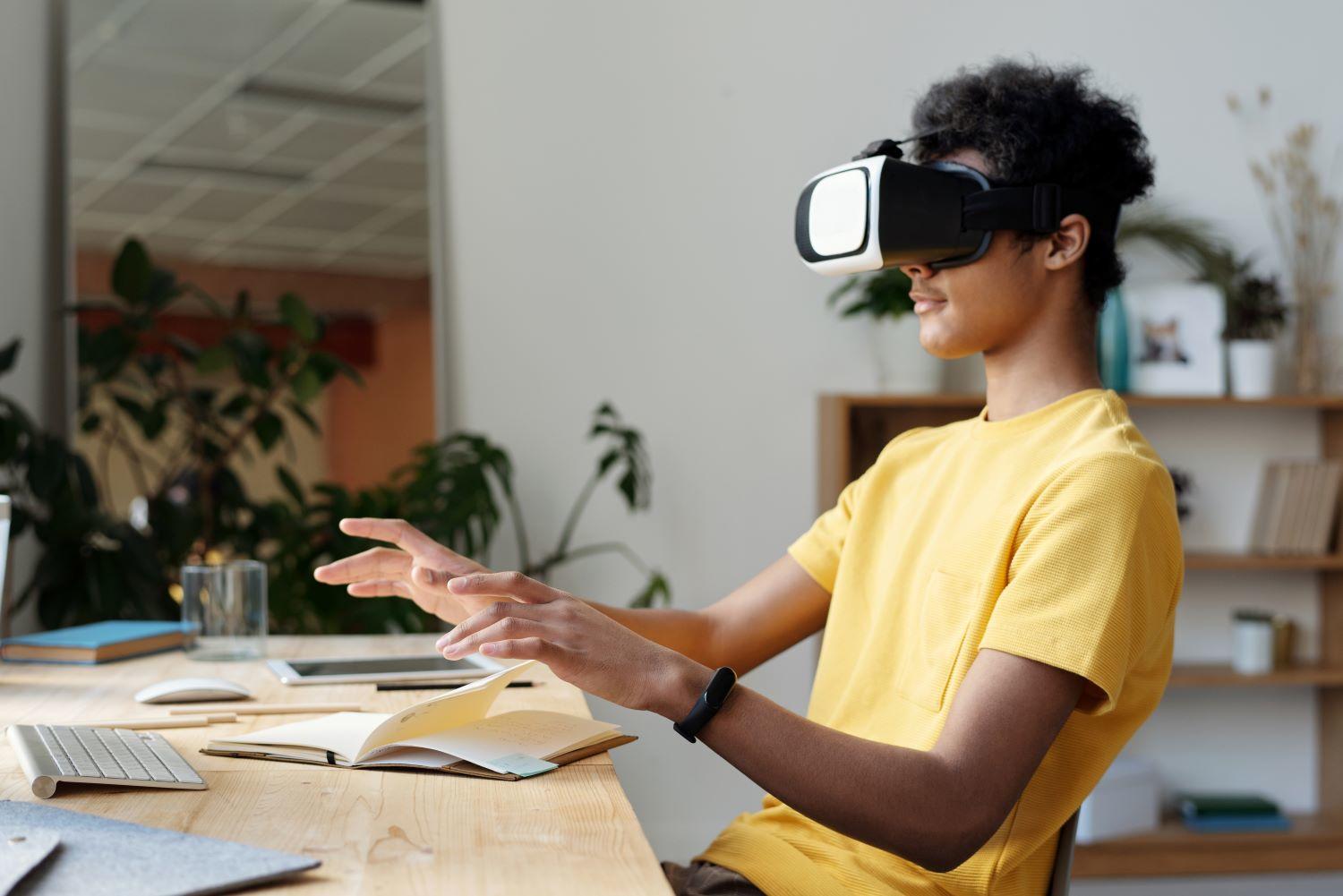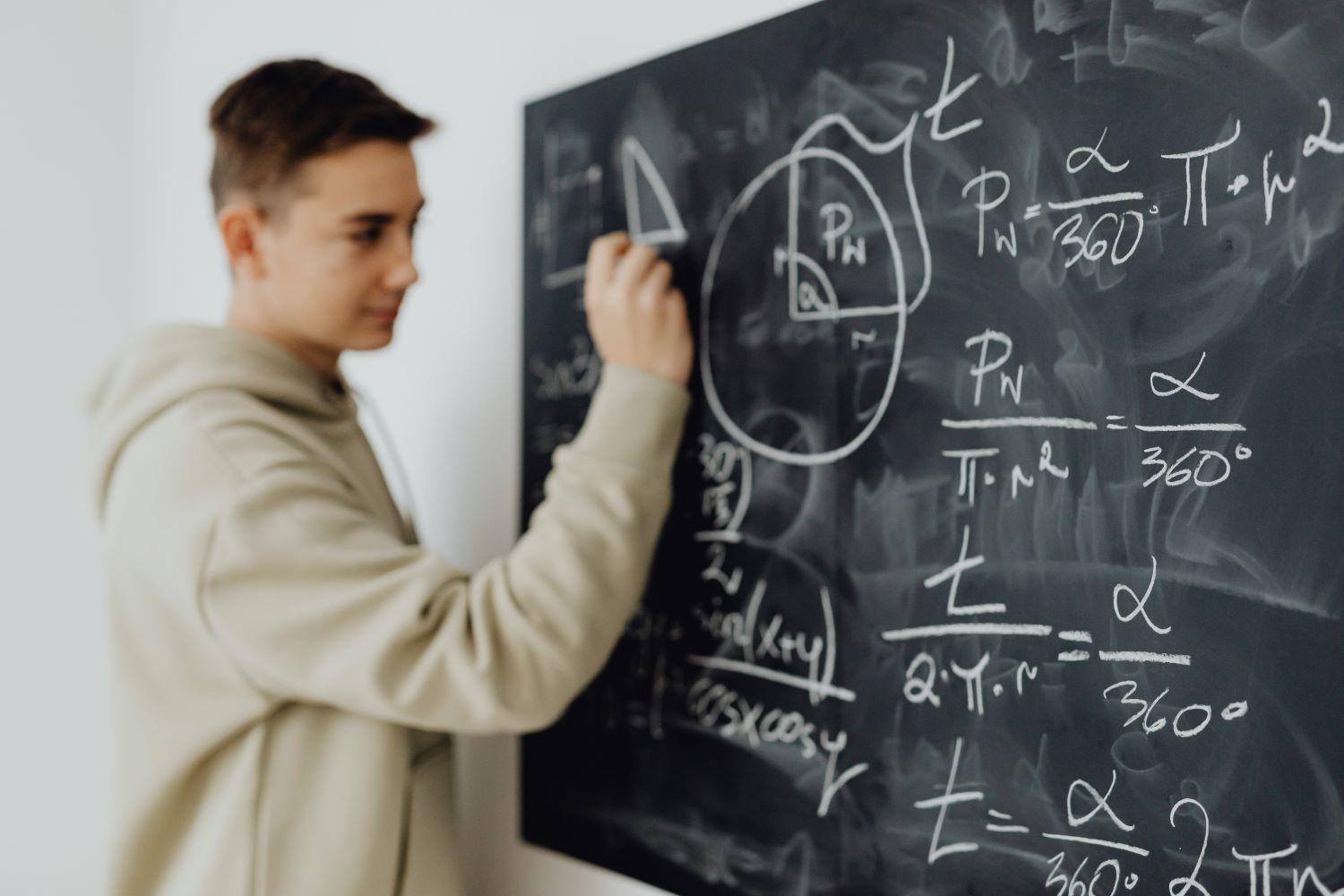Physics education plays an essential role in shaping the future of Canadian students, ensuring literacy and equipping them with vital thinking skills.
Additionally, science education is the foundation of a nation’s progress, and so it is the responsibility of the physics tutor that this foundation is robust and solid.
Physics tutors across Canada encounter the challenges of imparting complex scientific concepts and catering to the diverse needs of each student. This is why a physics tutor must develop and implement effective teaching strategies to ensure a productive learning process for students. In this guide, we shall look at some practical strategies that can make physics tutoring a fulfilling one.

Employ Active Learning Techniques
Active learning stands as a cornerstone in modern education, particularly when it comes to physics. It plays a pivotal role in ensuring students' engagement and understanding.
Active learning is an educational approach beyond passive learning and traditional physics classes, thus encouraging students to participate in the learning process. In the context of physics education in Canada, active learning techniques are effective teaching tools that can stimulate problem-solving and critical-thinking skills. Some of the active learning techniques are explored below.
Problem-based Learning
Problem-based learning is a prime example of active learning in physics education. It is an active learning technique that fosters engagement and problem-solving skills. In this by-learning technique, you present your students with real-life physics problems and then ask them to look for solutions. Also, you ensure that they follow and apply theoretical knowledge and develop skills to deal with physics problems.
Learn about the qualifications you need to become a physics tutor.
Peer Instructions
Broadly, one effective means of gaining knowledge comes from what students learn from their peers. Peer instruction is a system of active teaching strategies that foster the gaining of knowledge amongst students through collaboration, communication, and teamwork.
You can encourage or facilitate discussions and problem-solving between students. This method strengthens a deep understanding of physics while promoting effective teamwork and communication.

Adapting to Diverse Learning Styles
Students can benefit from diverse learning approaches in as much as it is tailored to meet their learning needs. Adapting to diverse learning styles entails customizing active learning that suits your students' goals.
In this type of active teaching process, you get to pattern physics lessons that align with your abilities, as well as ensure that the learning process is productive for your students. You should be flexible in your teaching methods, recognizing that students can come from different backgrounds with distinct learning preferences.
Alignment with International Goals
Incorporating active learning techniques into the Canadian physics curriculum aligns with the national emphasis on critical thinking and innovation. Canada’s economy relies on innovation, and active learning helps you to develop these essential skills in your students.
By fostering problem-solving, critical thinking, and collaborative abilities, active learning contributes to Canada’s educational goals and the demands of its diverse and innovative workforce.
Use Effective Integration of Technology
In this current age, the benefits of technology in the educational system cannot be overstated. Technology plays an essential role in physics instruction. The integration of technology in physics education in Canada has transformed the experience.
However, it would help if you were vast in computer knowledge to impact your students effectively. Here are some unique ways to explore and integrate technology during a physics class.
Simulation of Software and Virtual labs
Simulation of software and virtual labs can help enhance practical learning and experimentation. These forms of teaching have revolutionized physics education in Canada. They allow students to learn by emulating the teacher’s standard in a safe and controlled virtual environment, which is particularly valuable when access to physics labs is limited.

Furthermore, this enhances practical learning and allows students to conduct experiments that might otherwise be challenging due to resource constraints.
Online Resources and E-Learning Platforms
The impact of online resources cannot be overemphasized, as they offer a wealth of information. Integrating online resources and e-learning platforms has opened up a vast world of educational materials to physics students in Canada. With these resources, you can provide video lectures, interactive tutorials, and digital textbooks, thus allowing your students to access learning materials that suit their preferences. This teaching strategy can benefit a multicultural society such as Canada, where clients require various learning resources.
Interactive Multimedia and 3D Visualization
Another form of technology that you can integrate into your teaching process is Interactive multimedia and 3D visualization. They help in enhancing comprehension of complex physics concepts.
For instance, interactive simulations can illustrate abstract principles like electromagnetic fields or wave interference, thus making them more understandable and accessible. You may explore this teaching strategy with students who find the abstract nature of physics challenging.
Blended Learning Models
One learning strategy that has gained traction in the physics educational system is the combination of traditional lecture classes and online resources. As a tutor, encouraging blended tutoring models can enhance and make the learning experience easy and comprehensive.
Also, this type of learning provides flexibility, thus allowing students to access course materials at their own pace while still benefiting from the traditional class lectures. This approach caters to diverse learning styles and individual needs.

Apply Differentiated Instruction
Differentiated instruction is a teaching approach that recognizes and accommodates the diverse learning styles, abilities, and backgrounds of every student. That way, a tutor can incorporate different teaching materials to ensure the physics needs of each student are catered for. Differentiated instruction is pivotal in creating an inclusive and effective learning environment, thus ensuring a productive learning experience. Below are the different forms of differentiated instruction.
Understanding Diverse Learning Styles
In a proper Canadian physics classroom, you are bound to meet students of different cultural backgrounds and distinct learning preferences. Differentiated instruction begins with your ability as a tutor to identify and understand these differences.
While some students may find learning easy with virtual aids, others may thrive better through experimentation. Recognizing these various preferences allows you to design your teaching methods and fix pricing effectively.
Varied Content Delivery
When it comes to differentiated instructions, one of the effective principles is delivering content in multiple ways. Understanding the different learning styles of each student, as discussed earlier on, is good, and so is the ability to deliver tutoring content to meet these preferences.
For instance, students interested in the mathematical aspect of physics might be provided with additional equations and problem sets. In contrast, those interested in practical applications might explore real-world case studies.
Varied Assessment Methods
Differentiated instructions extend to the assessment phase. After delivering your physics lessons, you must also adopt several assessing skills. You can employ various assessment methods, such as traditional tests, projects, presentations, and hands-on experiments.
These assessment methods are created to evaluate not just the students’ knowledge of physics concepts but also their ability to implement those concepts in real-life situations. Thus allowing you to cater to the different strengths and abilities of your students.
Include Assessment Practice
These practices are a vital aspect of effective physics tutoring in the diverse educational landscape of Canada. These practices focus on creating assessment methods and tools that give all students an equal opportunity to demonstrate their understanding of physics concepts and skills. Here are some examples of such practices below.
Varied Assessment Formats
These involve offering varied assessment formats. Rather than relying solely on traditional written exams, you explore alternatives such as oral presentations, practical demonstrations, group projects, or digital portfolios.
This approach recognizes that students have different strengths and abilities and allows them to choose formats that align with their learning styles.
Accommodating Learning Disabilities
Canada's inclusive education philosophy emphasizes support for students with diverse learning needs, including those with learning disabilities. As a physics tutor, you must consider various accommodations and modifications to assessments, such as extended time, assistive technology, or alternative test formats, so that students with disabilities have a level playing field in assessment.
Ensuring Accessibility
Physics tutors must ensure that assessment environments are accessible to all students. This means considering physical accessibility for students with mobility challenges and providing alternative assessment methods for those with sensory impairments. The goal is to create a barrier-free environment where every student can demonstrate their understanding of physics.
Formative Assessment and Student Reflection
Formative assessments and opportunities for student reflection play a significant role in inclusive assessment. You can use these methods to help students monitor their progress and identify areas for improvement. This process encourages self-regulation and empowers students to participate in their learning actively.

Final Thought
In the dynamic landscape of physics education in Canada, effective teaching strategies are not just desirable but essential. Physics tutors play a pivotal role in shaping the future of the nation by fostering scientific literacy, critical thinking, and problem-solving skills in students. The strategies discussed in this article are a comprehensive toolkit to meet the diverse needs of students in Canada. See how to find your first client for physics lessons.
Physics tutors should seek to explore and implement these strategies. Again, Superprof comes to the rescue as it connects you with impeccable tutors, providing a space for personalized and innovative teaching approaches. You may also be interested in getting practical advice for tutoring.















